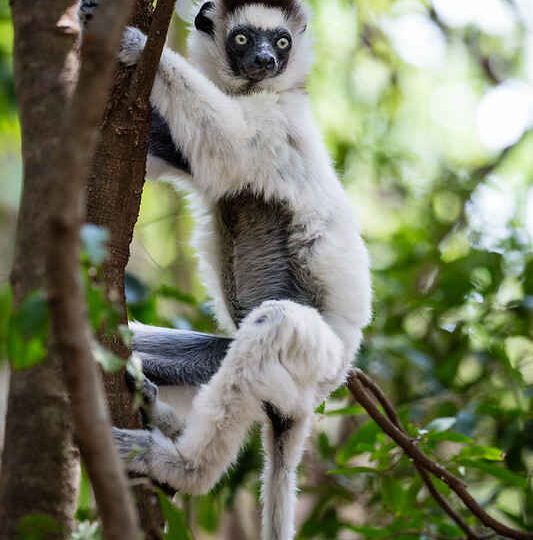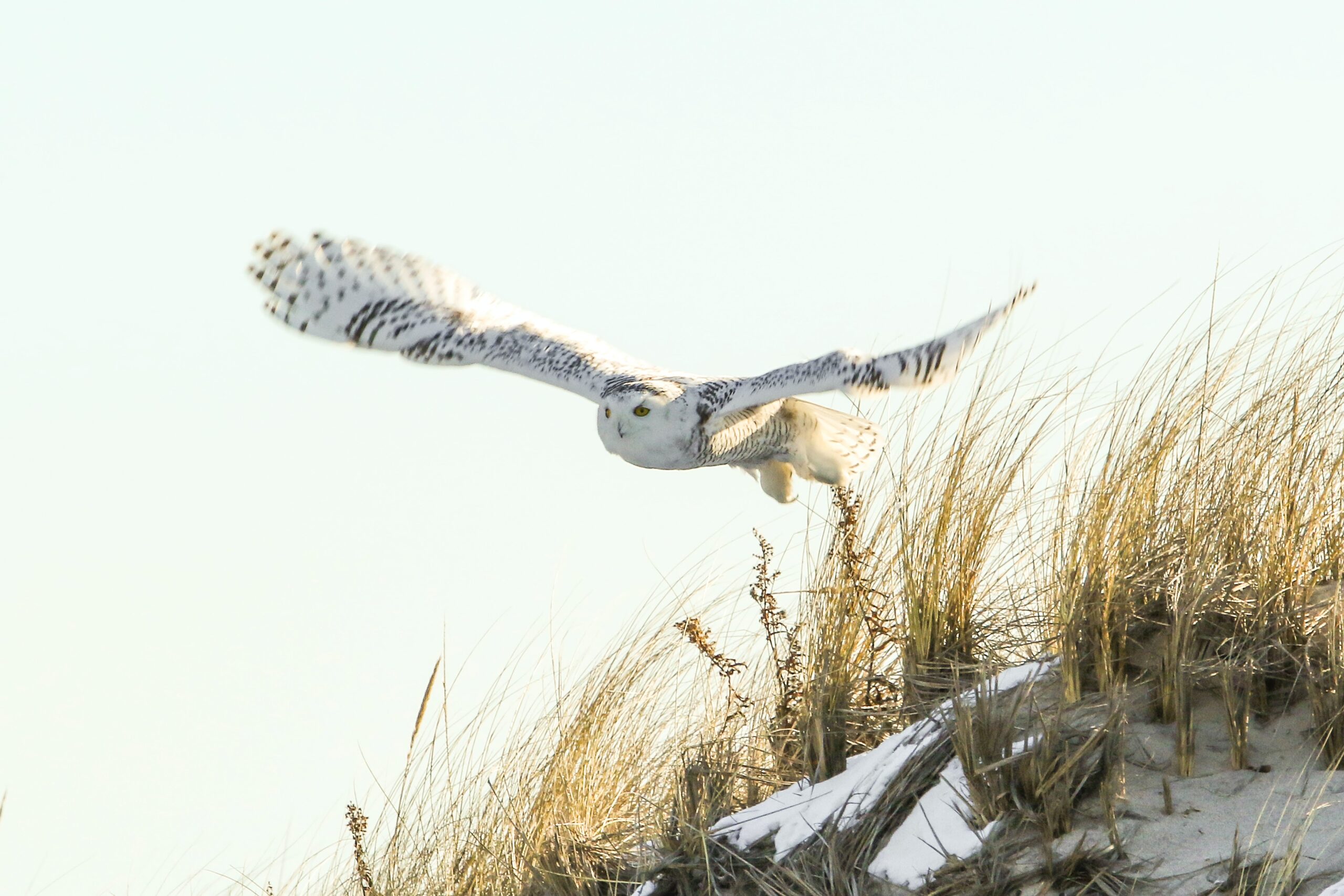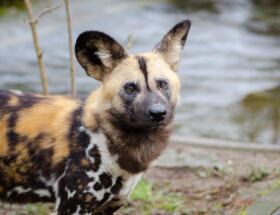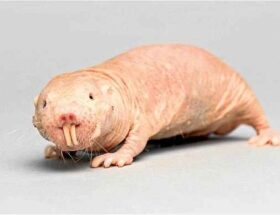Interesting Facts about Sifaka Lemurs. This Endangered mammal from Madagascar is known as the dancing Lemur
Quick and Easy Navigation
See post about All Lemurs for important background details
Lemurs are primates native to Madagascar and the nearby Comoro Islands. Madagascar is an island located 250 miles off the east coast of Africa. It is the 4th largest island in the world and the only habitat for all wild lemurs in the world. The Comoro Islands is a volcanic group of islands off the north west coast of Madagascar. It is believed that the lemurs in the Comoro Islands, which are the Brown Lemur and the Mongoose Lemur, were brought over to those islands by humans.
The number of different species is estimated to be roughly about 112 and they come in many shapes and sizes. The largest is the Indri Lemur weighing up to 22 pounds and measuring up to 35 inches long. The smallest is the Madame Berthe’s mouse lemur weighing about an ounce and measuring up to 4 inches plus a 5-inch tail.
One of the most unique and entertaining lemurs is the Sifaka Lemur. Because of the unique way they move around, they appear to be dancing across the forests. See more facts below.
Facts About Sifaka Lemurs
- There are 9 leaping arboreal lemurs together known as “Sifaka” Lemurs.
P. diadema group
- Diademed sifaka, P. diadema
- Milne-Edwards’s sifaka, P. edwardsi
- Silky sifaka, P. candidus
- Perrier’s sifaka, P. perrieri
P. verreauxi group
- Coquerel’s sifaka, P. coquereli
- Verreaux’s sifaka, P. verreauxi
- Von der Decken’s sifaka, P. deckenii
- Crowned sifaka, P. coronatus
- Golden-crowned sifaka, P. tattersalli
- All nine are spread out in coastal forests in Madagascar. They live in a variety of different habitats. They are found in thorny forests, rainforests, and dry highlands.
- The Verreaux’s sifaka lives in the spiny forest and dry forests in the south. In the driest areas, there is less than 14 inches of rain per year. Food is scarce in these areas but these lemurs manage to use their nimble snouts to pick leaves from between the spines of octopus trees and other dry weather plants.
- They were named by local Malagasy people because of the unique call they send echoing through the forests. They sound like they are saying shif-auk!
- They are about 3 feet long and half of it is the tail.
- They weigh about 7 to 13 pounds.
- They have a small head, big eyes and large ears.
- They have beautiful colored coats. Most are white with dark markings. They may have different colored limbs and bodies. Some have brown, black gray or golden fur and patches.
- They are vegetarians and eat leaves, flowers, fruits, buds and bark. They eat over 100 different plants.
- They are diurnal and are active during the day.
- They live in small family groups of 3 to 10 with dominant females.
- They move differently than other lemurs. They cling vertically to trees and can spring from tree to tree with their powerful hind legs and clear distances of up to 33 feet. If the trees are further apart, they can come down and hop around. They walk on the ground quickly with a two-legged sideway hop so they look like they are dancing. This is unique to the Sifakas.
- The dominant male in a family group is the only one who mates.
- Sifakas give birth to a single offspring at a time. Sometimes they ma have twins. They hang from the mother’s belly for about 10 weeks and then ride on the back for a few months.
Conservation Status
The Sifaka Lemurs is one of the 44 species of lemurs out of 112 currently listed in the IUCN Red List as Critically Endangered with a declining population. The greatest threat to lemurs has been deforestation, which has claimed more than 90 percent of Madagascar’s natural habitat over the last 200 years. The current human population of Madagascar in 2020 is 27.9 million and growing, which will only increase the pressure on existing natural habitats.














